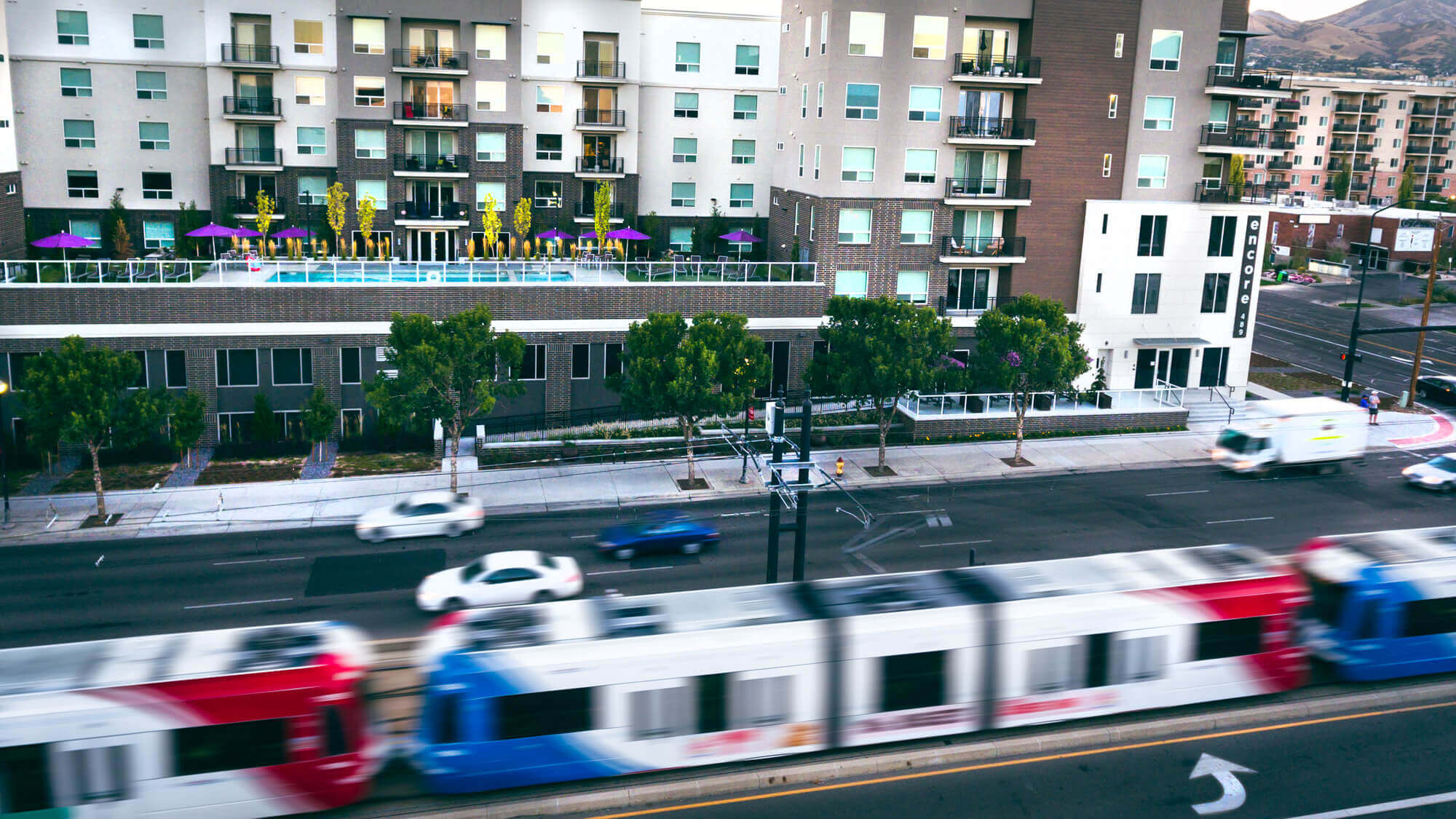Do you pay little attention to initial construction budgets during design? Chances are you been trained by previous clients to do just that.
Most clients are far more clear about what they want than they are about how much they are willing to pay for it. In order to avoid upsetting the client, a common approach is to design for the highest expectations of the client and then scale it back to reconcile with their budget.
Too often, this reconciliation occurs a long way down the road, even for large commercial construction projects. It can be awkward to inform a client that they simply don’t have the funds to get what they want. Because of this, many architects find it easier to win over the client with a great design and then sort out the imbalance later. They count on the idea that if the client likes the design enough they’ll usually find the money for it anyway.
As designers, it is convenient to justify this strategy by reasoning that cost considerations inhibit creativity. As a way to kick the can down the road, we like to speculate that the best way to serve our clients is to focus on design ideas and ignore cost. This is especially true early on in the design process. Due to this practice, many don’t believe architects understand costs at all.
However, most architecture firms do many more projects each year than the average developer or contractor. In reality, architects should have the best perspective on what industry pricing will be, at least in general terms. We have the opportunity to provide real insight and direction on cost early in the design process for that very reason.
Before you dive into your next design, take a moment to reflect on the following points and see if you’re able to gain some clarity on costs without sacrificing creativity.
Creativity + Cost: Increased Innovation, Confidence, and Time
Fuel for Innovation
Innovation can be defined as the process of translating an idea into something that creates value. It involves getting greater or different value from the same set of resources.
When it comes to architectural design, cost is almost always a constraint. Ideas seem to constantly be limited by budgets and inevitably some great design ideas never come to full realization due to their price tag. This can be a source of anxiety for the owner and dismay for the designer as the reconciliation of client expectations and budgeting occurs.
Imagine getting clear on cost before diving into design. With a well-informed budget range in place, cost transforms from a mystery moving target to fuel for innovation. Having a solid understanding of what resources are available generates opportunities to maximize value in a way that is impossible without that reference.
Taking an innovation-focused approach to cost builds confidence with your clients. There are many more opportunities to create value with unique ideas when you use take this approach with your project.
Budgeting Confidence Removes Hesitation
Budgeting confidence removes hesitation on design decisions. How often have you presented a design concept to a client and received the following as the only feedback?
“Looks good, we like it. But… let’s see where the costs come in during bidding.”
Without even a rough price associated with designs it can be impossible for your clients to respond to your ideas. They may appear to be completely confident in the ideas you are presenting, but in the back of their minds they will have reservations that will come out when they see a bid.
Even if your design meets all of the program requirements, you’ll face a lot of future revisions when there isn’t good alignment between client expectations and budget realities. These revisions come at a greater cost to both designer and client and usually occur under the mounting pressure associated with permitting and construction timelines.
According to architect Frank Lloyd Wright, “You can either use an eraser on the drafting table or a sledge hammer on the construction site.” This sentiment speaks to the value of making design decisions early on in the process when it is most cost-effective.
Setting a clear budget range with the client from the beginning leads to early ownership buy-off on your design. This allows the project to move forward smoothly, saving time and money for both you and your client.
Carving Out More Time for Creative Design
The longer you delay clear communication about cost considerations, the more time you lose in creative design. Entire weeks of work can pass by with no real progress toward a final design that everyone can get behind.
If all client feedback occurs during bidding, what is the purpose of schematic design and design development? When budgeting is delayed to the bidding phase, all of the earlier phases of the design process are undermined. Those phases become a formality and the creative design thinking that should occur during that time either doesn’t happen or is ultimately irrelevant.
By establishing cost expectations early on in the process, you maximize time spent in schematic design and design development. This also trims down the amount of time spent value engineering. You essentially migrate the creative problem solving back to the beginning of the process where it belongs when things are loose and easily modified. It’s much easier to change direction early instead of during bidding when each change sends a ripple of modifications through an entire finished construction document set.
Start the Cost Conversation
Don’t delay sorting out commercial construction costs early on because you’re afraid of of limiting creativity. In fact, the reverse is true. An early assessment of cost along with designer-informed budgeting will provide fuel for innovative ideas, build confidence, and make more time for creative design.
